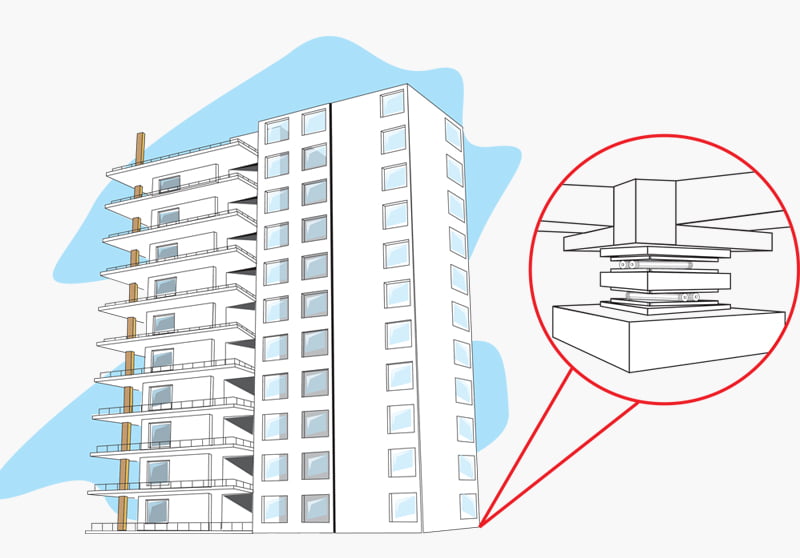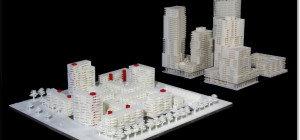 Most concrete workers spend an absurd amount of time elbow-deep in the gritty, gray sludge. We breathe cement in the air, we taste sand in our food, and we revel in the concrete structures we erect each and every day. So why would any cement-loving worker be interested in a fabric building?
Most concrete workers spend an absurd amount of time elbow-deep in the gritty, gray sludge. We breathe cement in the air, we taste sand in our food, and we revel in the concrete structures we erect each and every day. So why would any cement-loving worker be interested in a fabric building?
Concrete structures are built to stand the test of time. However, while we work tirelessly to erect the concrete creations that should last more than a few lifetimes, we need a fast, cheap place to store all our tools and materials until the project is done. Enter: fabric. Read on to learn why the concrete industry should embrace fabric — and why doing so isn't the deepest of treasons.
Economical
There are big fabric structures, there are massive fabric structures, and there are fabric structures that are perfectly sized to fit your needs — and your budget. Unlike other pre-fabricated buildings, most fabric structure manufacturers look forward to customizing their designs to suit your project. Plus, it takes only a few days to construct even the most massive fabric buildings, which means concrete producers don't have to wait long to start safely storing and creating concrete masterpieces.
Useful
Creating concrete, whether to pour a sidewalk or a building, takes equipment, effort, and time — not to mention a whole lot of dry space. Everyone knows concrete doesn't cure correctly in wet conditions, so covering up concrete work (and concrete workers) helps make the process faster and easier. Custom fabric buildings are quick to erect over storage spaces, work sites, and more, to keep your cement bone-dry even when the ground all around is sopping wet.
Durable
We love concrete because it lasts — and lasts, and lasts. While fabric structures might not be standing 2,000 years from now (like the concrete Colosseum is) they are still surprisingly durable, especially when compared to other inexpensive, temporary materials, like steel sheeting, due to its immunity to corrosion. Plus, fabric is translucent, unlike sheet metals, which means there is plenty of natural light for workers to see by.
Our hearts will forever be wooed by the hard, gray material so fundamental to civilization, but that doesn't mean we don't appreciate a convenient, cheap, hard-wearing fabric building when we see one. Concrete producers everywhere should consider implementing these sustainable structures for storage and projects







